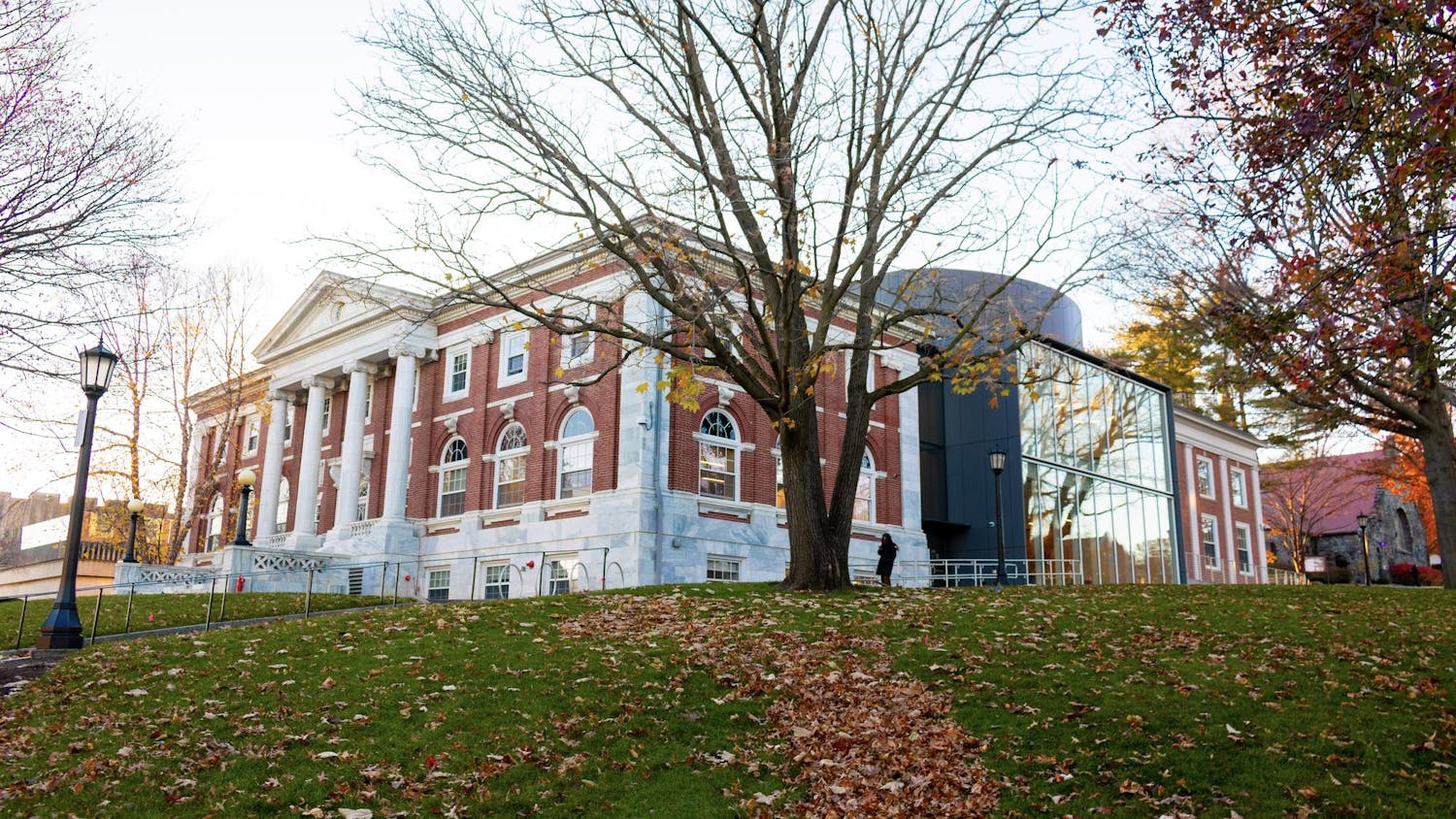While sitting in Tisch in the early recesses of the day (read 10 a.m.), I received an intriguing message from my friend from high school who currently attends Colgate University. She is part of a group called the Association of Critical Collegians (ACC) that, like many organizations on our campus, is dedicated to bringing up issues of inclusivity on campus -- focusing on gender, race, sexual orientation and more.
Attending Tufts is like living in a bubble. We often find that the problems we face as a campus are ours alone, contrary to the true reality. Last year, we held a sit-in for Title IX to bring sexual assault to the attention of the administration, and we felt support from a community greater than Tufts. We understood that sexual assault was an issue facing all campus, and the responses we got proved that. When my friend reached out to me about this issue, I saw it as a chance to support college communities in general, including Tufts. Inclusivity is not just Colgate’s problem, but ours as well.
For over 50 hours starting on Monday, Sept. 22 at 8 a.m., over 300 Colgate students engaged in a sit-in at the Admissions Office. Their view is that Colgate and other universities have aspects of “institutionalized racism, macro- and micro-aggressions,” and those need to end. It is not due to any specific incident that this movement has begun, but rather, “that a critical mass of people who are tired and desire change collectively came together to make this happen.” Students have been the victim of insensitive comments in person and on social media due to the ignorance on campus regarding various minorities, and not understanding the diversity of our world is unfair to all college students, regardless of color or origin. The students of the ACC have proposed a list of concerns and actions to the president, dean of the college and dean of the faculty on the basis that Colgate has not fulfilled its promise of inclusion.
The action steps presented were simple: Admissions personnel should be engaged in sustained diversity training; the visit days should be restructured to prepare students for the challenges in campus climate; the financial aid system should be held accountable for providing fully guaranteed work-study opportunities for all students; the core curriculum should be revised to include studies of power dynamics and inequities; the college should hire and retain more faculty members of color and students should represent themselves on the committees that decide this among other important proposals. Both students and faculty joined the movement, and, as part of the demonstration, those who had felt excluded from Colgate’s “diverse community” were given the chance to tell their personal stories in front of an ever-growing audience.
Sound familiar? My friend reached out to me on the belief that this issue affects every campus. It does, and Tufts is not the exception. I often lament to my friends that Tufts is not as diverse as it was advertised, that my particular identity is not as represented in the way it should be and that we divide groups based on their identities rather than bring them together. While my sentiments may not be entirely valid, it is the very fact that I and a large proportion of other people are thinking in this manner that proves that diversity on campus is a problem.
I was lucky enough to find a group of friends and organizations that are composed of differing beliefs and backgrounds. However, there are still so many students on campus who have not been as lucky as I and probably still feel marginalized, such as those who hold conservative views. The ACC argued that Colgate is not including students of color, differing sexual orientations, opposing beliefs and more. I argue that, while Tufts’ policy technically promotes diversity, the campus has yet to see the true implementation of that policy, especially in terms of socioeconomic diversity.
The movement of Colgate students should not end after the protest. It should continue and live on long after, and it is our duty as fellow college students experiencing the same problems to see that through. If you want to learn more, the student group has put together their reasoning and proposals on their Facebook page and YouTube page. I suggest you look at it because, frankly, I have seen this at Tufts as well.
My friend asked me to write a letter showing support, tweeting @Colgateacc or posting on social media about the movement. This is what I have chosen to do, and I hope you will do something as well. This is not meant to be a complaint, but rather a chance to read about how Colgate is moving forward and, by virtue, how Tufts can continue to move forward. Our world is expanding, changing and reforming, and it is our duty to help progress in any way possible.
UPDATE: The demonstration began at 8 a.m. on Monday, Sept. 22, and ended at 12:15 p.m. on Friday, Sept. 26. The demonstration, in its mission to support diversity and inclusivity at Colgate, came to a mutually agreeable resolution, with the release of a 21-point road map by the Association of Critical Collegians in conjunction with the presidency and provost of Colgate. It can be found on http://colgate.edu/colgateforall. However, even though the sit-in is over, the ACC is still working to accomplish its mission fully -- working to bring what every campus deserves, and what Tufts should continue to aim for: inclusiveness of all backgrounds from socioeconomic to racial, religious to ideological.
More from The Tufts Daily
Editorial: Letter to the Hill
By
The Editorial Board
| December 8
Are the Oscars really merit-based?
By
Jachin Lam
| December 8





